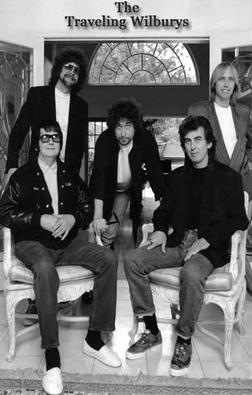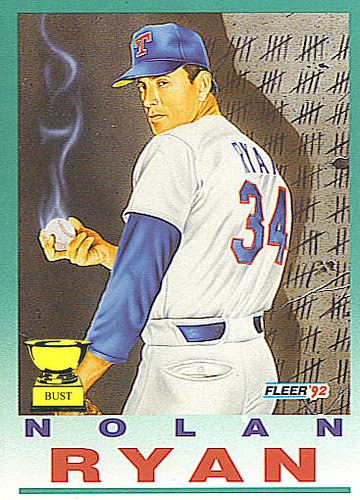
What
Rock and roll “supergroup” (not unlike Blind Faith, Asia or the Zack Attack), updated with musicians of similar styles, substances and/or clothing in the present day
Components
Bob Dylan
Tom Petty
George Harrison
Roy Orbison
Jeff Lynne
Replacement Parts
Bob Dylan => Bruce Springsteen
When legendary rock critic Jon Landau made his famous "I saw rock and roll's future and its name is Bruce Springsteen" proclamation back in 1974, it was likely with an eye to this achievement: a spot in a hypothetical recasting of a short lived supergroup(!!!) Bob and Bruce’s interiors and exteriors have inched closer over the past four decades. I think this works.
Tom Petty => Jack White
Not an obvious fit but Jack White does fill a lot of criteria in 2011 that Tom Petty did in 1988: widely known for a decade or so, enjoyed by “serious music fans” and broomheads alike, able to adapt to multiple styles, etc. Think about it.
George Harrison => Mark Knofler
Harrison was always “the quiet one” while Knofler has never been mistaken from Andrew WK on the mic stand. Neither would say much in panel interviews and were into causes. Good fit.
Also considered: Peter Buck
Roy Orbison => Willie Nelson
The dark horse of the Wilburys past and present. Strangely, Willie Nelson would’ve been an obvious ringer 20 years ago as well. Sadly, to truly fit the part, this “Red Headed Stranger” will have die shortly after the ink dries on the contract. Also, Nelson’s experience in the Highwaymen will be invaluable here.
Also considered: Waylon Jennings, Steve Earle
Jeff Lynne => Ric Ocasek
This was a very tough decision. To be straight with you, I’d have much preferred a British musician in this role but nobody came to mind. So Boston-bred Ocasek got the call. I’m OK with this, though, because neither man is an obvious fit but pretty damn cool (contextually) in their own way.
Reset Rating: 8/10
I like Springsteen, White, Knofler and Nelson. Lynne is British while Ocasek is not. This is troubling but their hair helps bridge the divide a bit.





